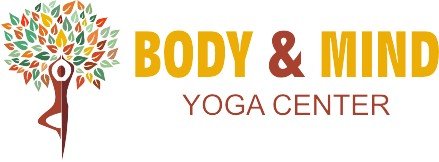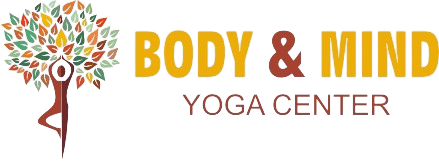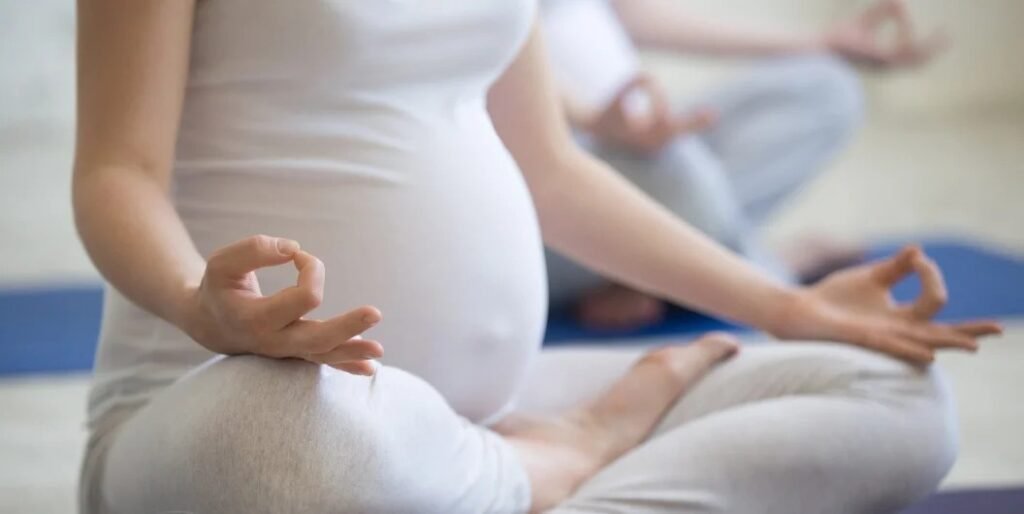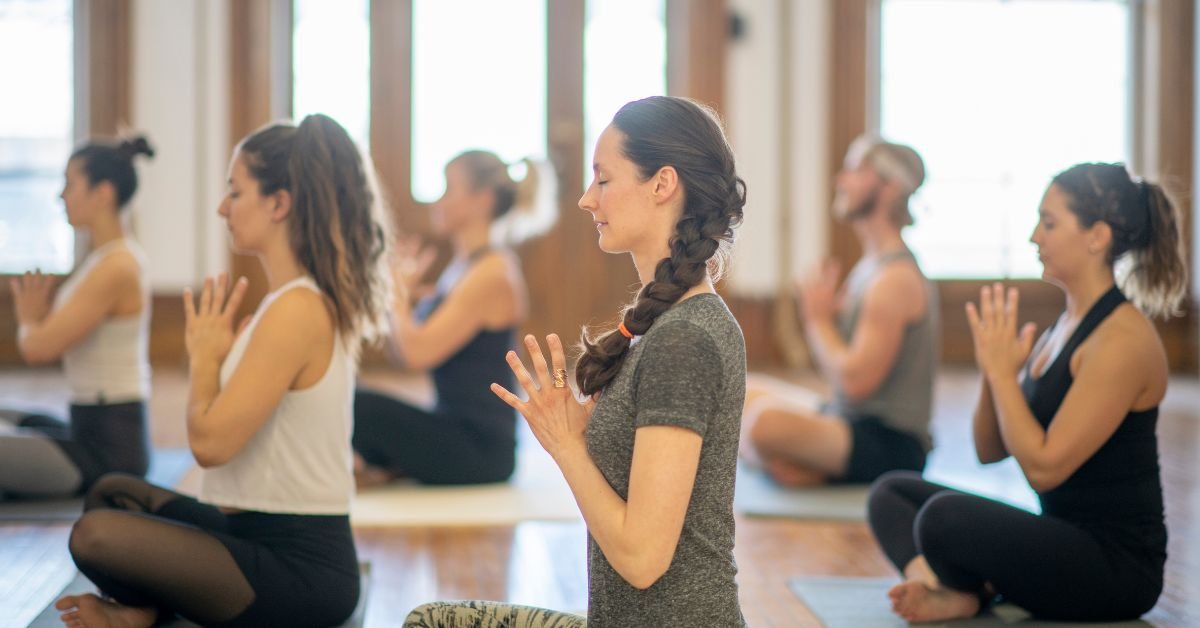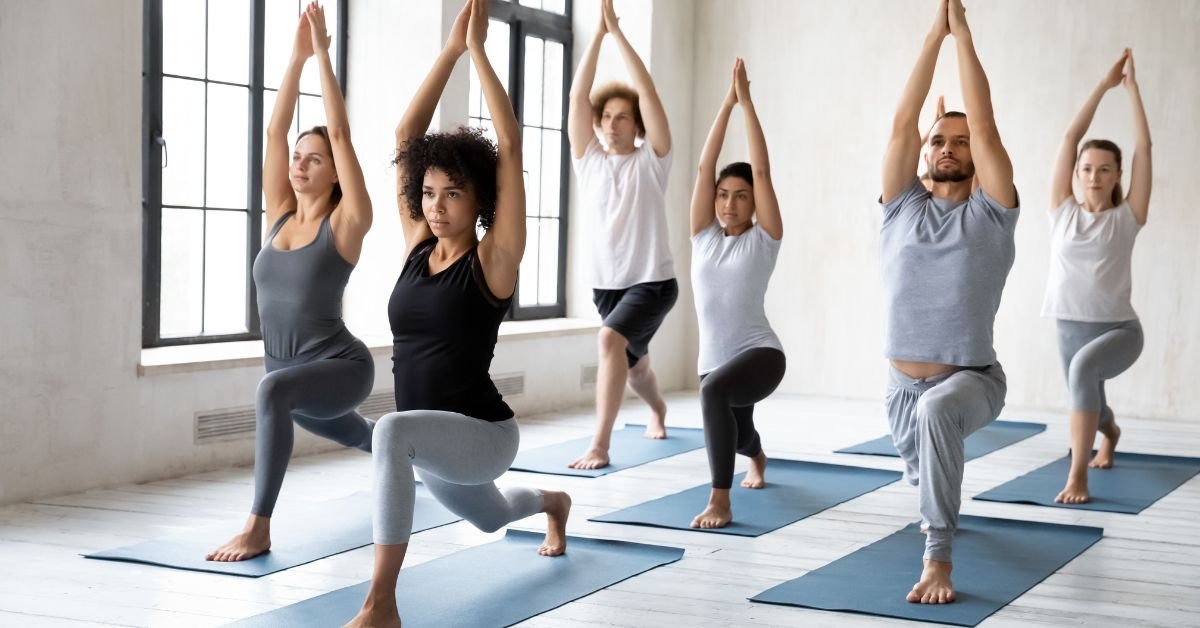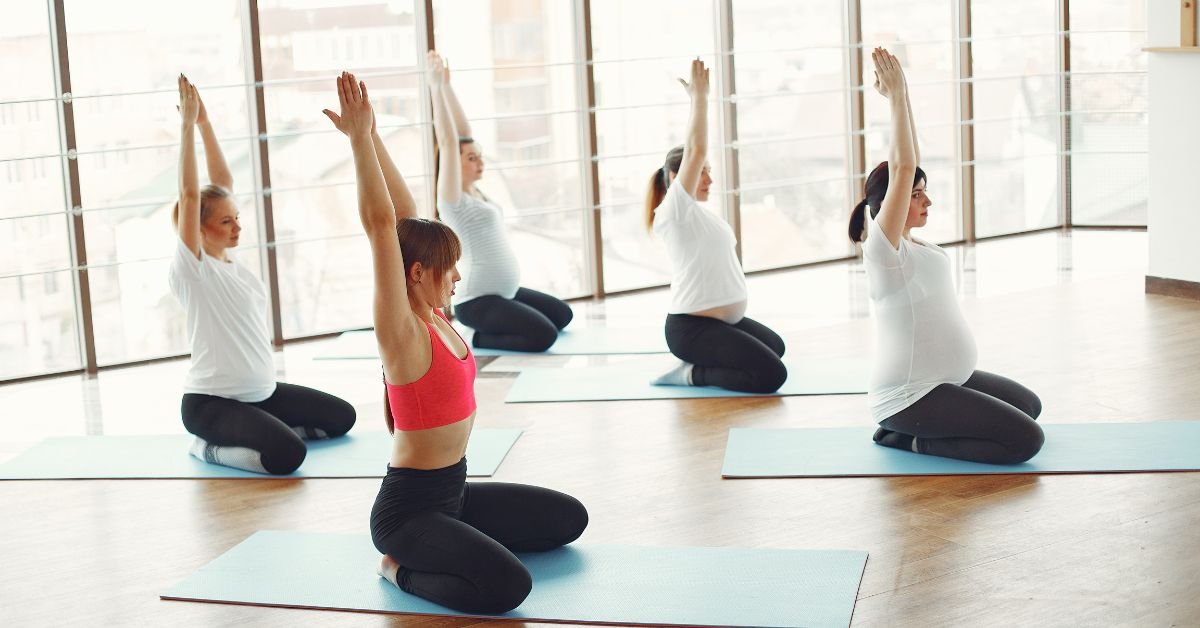5 Prenatal Yoga Poses for Second Trimester

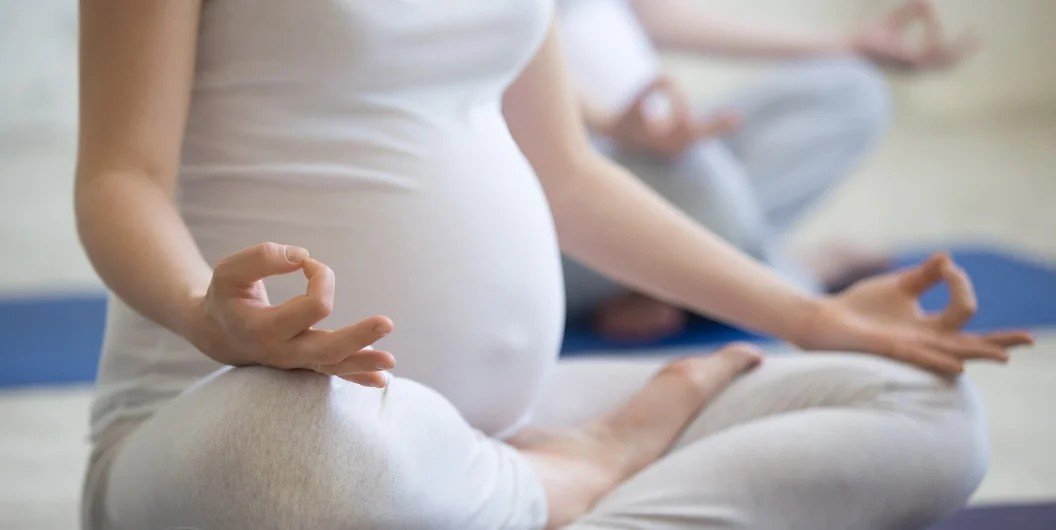
5 Prenatal Yoga Poses for Second Trimester
The second trimester of pregnancy brings a unique set of physical and emotional changes, making it an ideal time for expectant mothers to embrace prenatal yoga. Gentle yet effective, yoga during this stage offers a range of benefits for both the mother and the growing baby. In this article, we will explore five prenatal yoga sequences specifically tailored for the second trimester. Each sequence incorporates essential poses like Urdhva Hastasana, Utkatasana, Vrksasana, Virabhadrasana 2, and a soothing Savasana.
What Are the Benefits of Prenatal Yoga?
Prenatal yoga is a specialized form of exercise designed for pregnant women, incorporating gentle poses, stretching, and controlled yogic breathing or pranayama to promote physical and mental well-being during pregnancy.
Benefits of Prenatal Yoga
- Improved sleep
- Reduced stress and anxiety
- Increased strength, flexibility, and endurance for childbirth
- Decreased lower back pain, nausea, headaches, and shortness of breath
- Bonding with other pregnant women
- Mental preparation for parenthood
Prenatal Yoga Poses for Second Trimester of Pregnancy
Upward Hand Pose (Urdhva Hastasana)
Urdhva Hastasana, or Upward Hand Pose, is a foundational yoga pose that involves extending the arms overhead with palms facing each other. This standing posture promotes flexibility in the spine, stretches the shoulders, and encourages deep breathing. It is often used as a starting position in various yoga sequences to cultivate mindfulness and body awareness.
Benefits:
Urdhva Hastasana strengthens the spine and shoulders while improving posture. It also promotes better digestion and relieves tension in the upper body. This pose encourages deep breathing, contributing to improved respiratory capacity, which can be beneficial during pregnancy for both the mother and the growing baby.
How to do it:
- Stand in Tadasana (Mountain Pose) with your feet together, arms by your sides, and weight evenly distributed on both feet.
- Inhale as you raise your arms overhead, keeping them straight and parallel to each other.
- Extend your fingertips toward the ceiling, lengthening your spine.
- Engage your thighs, lifting your kneecaps, and ground down through the soles of your feet.
- Maintain a steady breath, reaching upward through your fingertips while keeping your shoulders relaxed away from your ears.
- Hold the pose for several breaths, feeling a stretch through your sides and lengthening through your entire body.
- To release, exhale as you lower your arms back to your sides.
Chair Pose (Utkatasana)
Utkatasana, or Chair Pose, is a yoga posture that resembles sitting in an imaginary chair. This asana strengthens the thighs, tones the core, and enhances balance. It engages multiple muscle groups while encouraging practitioners to maintain a steady and grounded breath, fostering both physical strength and mental focus.
Benefits:
Utkatasana tones the lower body, strengthens the pelvic floor, and improves balance. It also encourages the opening of the hips and prepares the body for labor.
How to do it:
- Start in Tadasana (Mountain Pose), inhale, and raise your arms overhead.
- Exhale and bend your knees, lowering your hips as if sitting back into an imaginary chair.
- Keep your thighs parallel to the ground, and shift your weight into your heels.
- Engage your core, lengthen your spine, and reach your arms forward or keep them parallel to each other.
- Gaze straight ahead and hold the pose, breathing deeply.
- To release, inhale as you straighten your knees and return to a standing position with your arms by your sides.
Tree Pose (Vrksasana)
Vrksasana, or Tree Pose, is a standing yoga posture emphasizing balance and stability. By grounding one foot and raising the other against the inner leg, this pose enhances physical strength, concentration, and a sense of rooted calmness.
Benefits:
Vrksasana enhances balance and stability, strengthens the thighs and ankles, and opens the hips. It also fosters concentration and a sense of grounding.
How to do it:
- Stand in Tadasana (Mountain Pose), shift your weight onto one leg, and lift the opposite foot, placing the sole against the inner thigh or calf (avoid the knee).
- Find your balance, pressing the foot into the inner thigh or calf while keeping the hips square.
- Bring your palms together in front of your chest in a prayer position or extend your arms overhead, reaching toward the sky.
- Fix your gaze on a point in front of you to help with balance.
- Hold the pose, maintaining a steady breath.
- To release, lower the lifted foot back to the ground and return to Tadasana.
Warrior 2 (Virabhadrasana 2)
Warrior 2 (Virabhadrasana 2) is a dynamic yoga pose that strengthens the legs and enhances body awareness. With arms extended parallel to the floor and focused gaze, it cultivates both physical strength and mental resilience.
Benefits:
Virabhadrasana 2 strengthens the legs, opens the hips, and improves circulation. It also builds stamina and fosters a sense of empowerment.
How to do it:
- From Tadasana (Mountain Pose), step your feet wide apart, extend your arms parallel to the ground, and align your front heel with the arch of the back foot.
- Turn your front foot forward and bend the front knee, stacking it directly over the ankle.
- Open your hips and shoulders to face the side, extending your arms parallel to the ground with palms facing down.
- Gaze over the front fingertips and hold the pose, grounding through the feet and engaging your core.
- Keep the back leg straight and strong, and sink into the front knee, ensuring it doesn’t go beyond the ankle.
- Hold the position, breathing steadily, and then switch sides to balance the practice.
Side-Lying (Savasana)
Savasana, or Corpse Pose, traditionally done lying on the back, can also be practiced in a side-lying variation for comfort or health reasons. In this variation, the body is relaxed on one side, promoting relaxation, stress reduction, and a soothing experience, making it accessible for individuals with certain physical conditions or during pregnancy.
Benefits:
Savasana in a side-lying position relieves pressure on the lower back, improves circulation, and promotes optimal fetal positioning. It is a restorative pose that enhances overall relaxation.
How to do it:
- Lie on your side with your legs extended and your head supported by your arm or a cushion, allowing your spine to align comfortably in a straight line.
Conclusion
Prenatal yoga during the second trimester is a gentle and effective way for expectant mothers to stay active and nurture their physical and mental well-being. The carefully curated sequences incorporating Urdhva Hastasana, Utkatasana, Vrksasana, Virabhadrasana 2, and Savasana offer a holistic approach to pregnancy fitness. By embracing these poses along with mindful breathing techniques, mothers can enhance their overall health, reduce stress, and create a positive environment for both themselves and their growing babies. Join us at Body and Mind Yoga Center, where our specialized prenatal yoga classes in Dubai provide a nurturing environment for mothers-to-be to connect with their bodies and their growing babies.
Most Recent Posts
- All Posts
- Yoga
- Yoga For Kids
- Yoga For Womens
Category
Have Question
Looking for the best yoga classes in Dubai? Visit our state-of-the-art yoga studio and center in Dubai for a rejuvenating and transformative experience.
